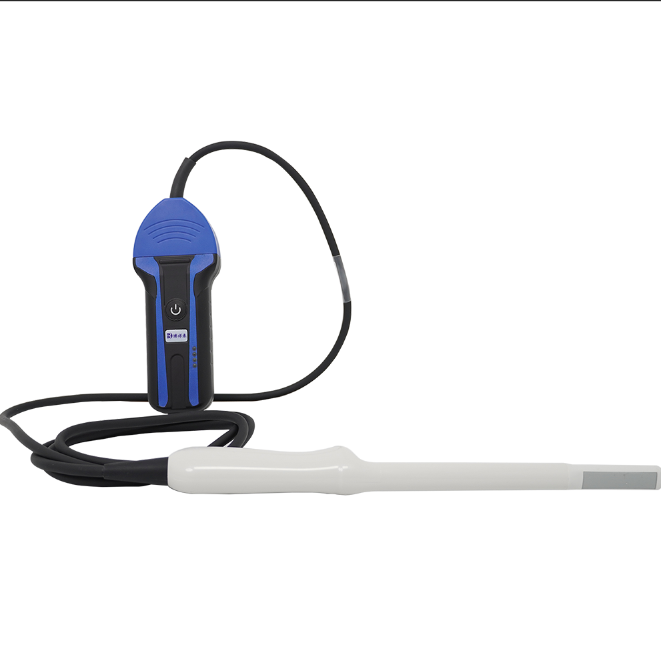Ultrasound has become an invaluable tool in veterinary medicine, enabling veterinarians to visualize internal structures and diagnose conditions with precision. Among the various ultrasound modes available, B-mode (Brightness mode) stands out as the most commonly used in veterinary practice. In this article, we will explore B-mode ultrasound, its applications, and why it is the preferred choice for veterinarians.

Understanding B-Mode Ultrasound
B-mode ultrasound generates two-dimensional images of internal organs by creating a map of the echoes produced when sound waves encounter different tissues. Each tissue type reflects sound waves differently, allowing the ultrasound machine to produce a grayscale image that represents the internal anatomy of the animal.
Key Features of B-Mode Ultrasound
Real-Time Imaging: B-mode provides real-time imaging, enabling veterinarians to observe movements and changes in organ structures as they occur.
Non-Invasive: This ultrasound mode is non-invasive and typically requires minimal preparation, making it a comfortable option for pets.
Versatility: B-mode is suitable for various species, including dogs, cats, and exotic animals, making it a versatile tool in veterinary practices.
Applications of B-Mode Ultrasound in Veterinary Medicine
B-mode ultrasound is utilized in a wide range of diagnostic applications, including:
1. Abdominal Evaluations
Veterinarians frequently use B-mode ultrasound to examine abdominal organs such as the liver, kidneys, spleen, and bladder. It helps identify conditions like:
- Tumors: Detecting masses or abnormal growths.
- Fluid Accumulation: Identifying ascites or other fluid buildups.
- Organ Size and Shape: Assessing abnormalities that may indicate disease.
2. Cardiac Assessments
B-mode ultrasound is also used in veterinary cardiology to evaluate heart size, function, and any structural abnormalities. This can aid in diagnosing conditions such as:
- Heart Disease: Assessing heart function in pets with murmurs or other symptoms.
- Congestive Heart Failure: Monitoring fluid around the heart and lung fields.
3. Reproductive Evaluations
In veterinary obstetrics, B-mode ultrasound is crucial for:
- Pregnancy Confirmation: Determining if a female is pregnant and assessing the number and health of fetuses.
- Monitoring Fetal Development: Checking for potential complications during gestation.
4. Musculoskeletal Assessments
B-mode ultrasound can help evaluate soft tissue structures, including muscles, tendons, and ligaments, to diagnose:
- Tendon Injuries: Identifying tears or degeneration.
- Joint Issues: Assessing fluid buildup or inflammation around joints.
Advantages of B-Mode Ultrasound
The popularity of B-mode ultrasound in veterinary medicine can be attributed to several advantages:
- Ease of Use: B-mode ultrasound machines are user-friendly, allowing veterinarians to quickly obtain images and make assessments.
- Cost-Effectiveness: Compared to other imaging modalities like CT or MRI, B-mode ultrasound is generally more affordable for both veterinary practices and pet owners.
- Safety: Ultrasound is a safe imaging technique with no exposure to ionizing radiation, making it ideal for routine examinations and follow-ups.
tags:


